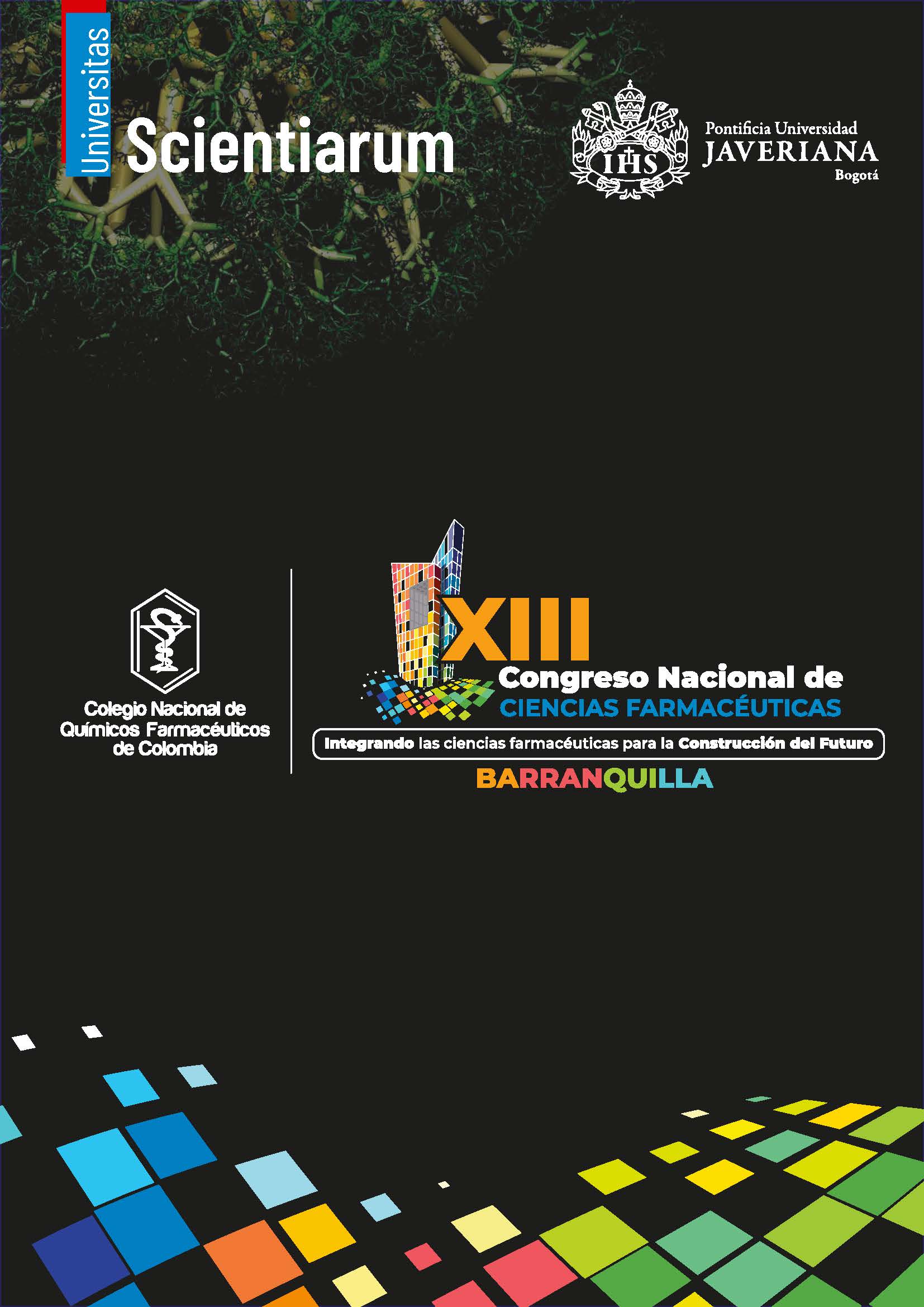Abstract
Inflammatory skin diseases represent a global health concern, affecting nearly 25% of the population. Atopic dermatitis (AD) is the most prevalent form, resulting from the interplay of genetic predisposition, epigenetic factors, and environmental influences. Conventional treatments include topical corticosteroids and antibiotics; however, their high cost and limited accessibility in rural populations foster reliance on medicinal plants. Nevertheless, the lack of scientific validation regarding the safety and efficacy of herbal extracts hinders their formal therapeutic use. This study aimed to identify plant species traditionally used in the Colombian Caribbean for inflammatory skin diseases and to evaluate the safety and anti-inflammatory activity of their extracts. An ethnobotanical survey was conducted in eight semi-rural localities of the Bolívar Department, Colombia, using TRAMIL-type questionnaires. Skin conditions were categorized into four groups: inflammatory, infectious, traumatic, and insect bites. The species with the highest fidelity index were collected, and aqueous and ethanolic leaf extracts were prepared. Extracts were phytochemically characterized and evaluated in vitro using human keratinocytes (HaCaT, HeK) and murine macrophages (RAW264.7). Cell viability, cytokine production (IL-1β, IL-6), alarmins (IL-25, IL-33, TSLP), nitric oxide (NO) release, and anti-inflammatory effects under TNFα/IFNγ stimulation were assessed. The survey yielded 156 records and 385 reports of traditional use. Leaves (72.73%) were the most frequently employed plant part, and poultices were the most common form of preparation. The species with the greatest therapeutic potential were Heliotropium indicum, Malachra alceifolia, and Persea americana. Extracts contained flavonoids, coumarins, tannins, terpenoids, and alkaloids. Aqueous extracts exhibited lower cytotoxicity compared to ethanolic ones. Notably, aqueous extracts of H. indicum induced a strong pro-inflammatory response (IL-6, IL-1β, and NO), while M. alceifolia and P. americana did not stimulate inflammatory cytokines and displayed marked anti-inflammatory activity in the TNFα/IFNγ model. Traditional knowledge in the Colombian Caribbean reveals consistency in the use of plants for inflammatory skin diseases. Among them, aqueous extracts of M. alceifolia and P. americana exhibit a safe profile and anti-inflammatory properties, making them promising candidates for topical formulations. Conversely, H. indicum showed high cytotoxicity and pro-inflammatory effects, limiting its dermatological applications.

This work is licensed under a Creative Commons Attribution-NonCommercial 4.0 International License.


